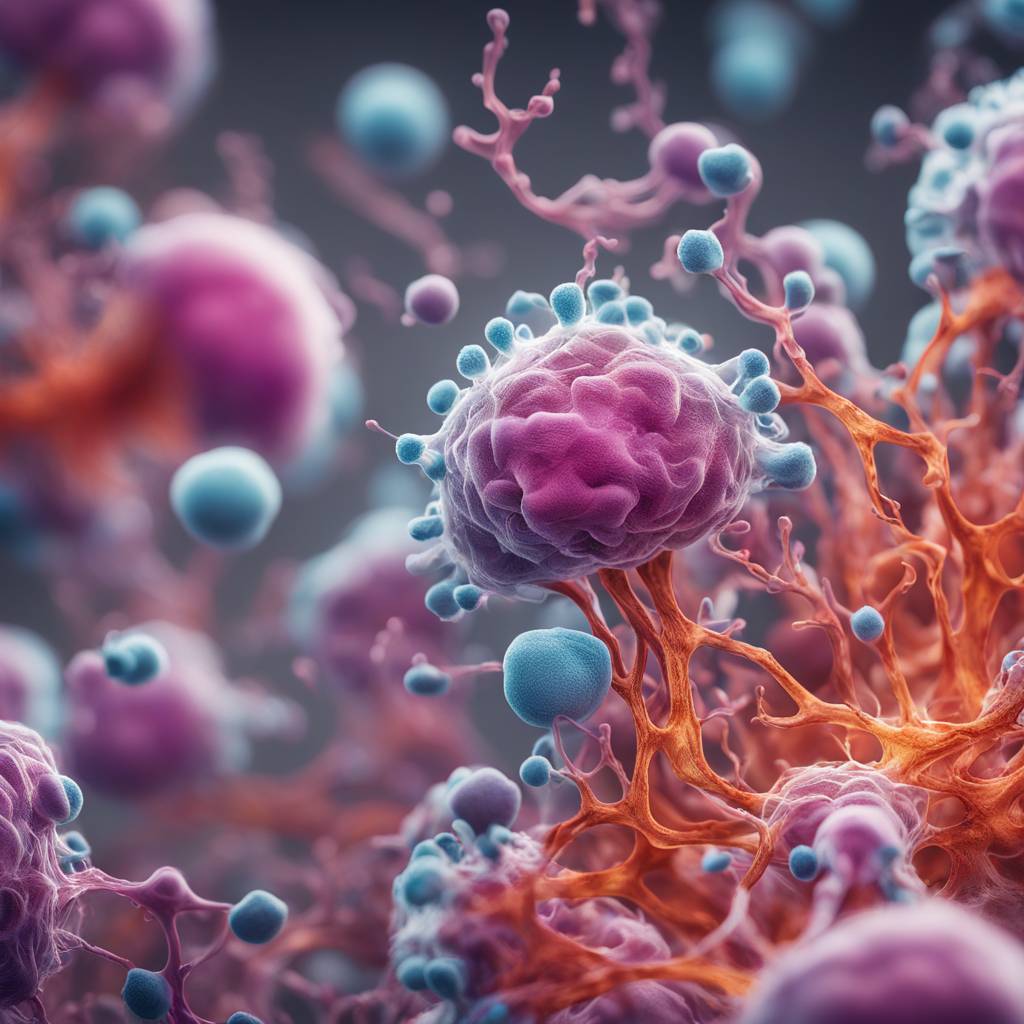A spectrum of neurodegenerative diseases, such as frontotemporal dementia, progressive supranuclear palsy, and corticobasal degeneration, are caused by the accumulation of abnormal tau proteins in the brain. A team of researchers led by UC Santa Barbara scientists has identified potential ways to disrupt this process by targeting “sticky” sites along the long form of mutated tau. By preventing the misfolding and spreading of neurofibrillary tangles, this research may lead to therapeutic interventions capable of disaggregating tau or preventing its aggregation.
Tau is an essential structural protein in the brain, but when it mutates and misfolds, it can become sticky and tangled. This error in folding can serve as a template for faulty instructions that cause normal tau proteins to misfold and collect, leading to the spread of the condition throughout the brain. The specific locations of these neurofibrillary tangles vary among different neurodegenerative disorders. The focus of this research is on tauopathies that accumulate the longer “four-repeat” version of tau.
The researchers utilized advanced techniques such as transmission electron microscopy, molecular dynamics simulations, and in-vitro experiments to study the misfolding, templating, and aggregation of pathological 4R tau. They found that a sticky segment called PHF6 within a unique hairpin structure of 4R tau can bind and stack up other tau proteins into large aggregations. By inducing tau aggregation in cell culture and targeting this sticky site, the research team was able to discover compounds and nanobodies that inhibit the aggregation of tau.
While targeted therapeutics to inhibit the formation of neurofibrillary tangles in tauopathies are still a long way from development and approval, this research provides exciting potential pathways for disrupting the critical steps toward the accumulation of mutant tau. Future studies will continue testing these technologies in animal models to further advance research on neurodegenerative diseases. The interdisciplinary nature of this research, involving biology, chemistry, and engineering, has contributed to significant advancements in understanding tauopathies and potential therapies.
In addition to advancing research on neurodegenerative diseases like frontotemporal dementia, progressive supranuclear palsy, and corticobasal degeneration, these findings may also offer insights into therapies for other forms of tauopathies such as Pick’s disease and Alzheimer’s disease. The researchers are optimistic about applying their discoveries to more complex forms of neurodegenerative disorders in the future. The collaboration between biology and chemistry has been essential to uncovering potential interventions to disrupt the accumulation of mutant tau in the brain.


